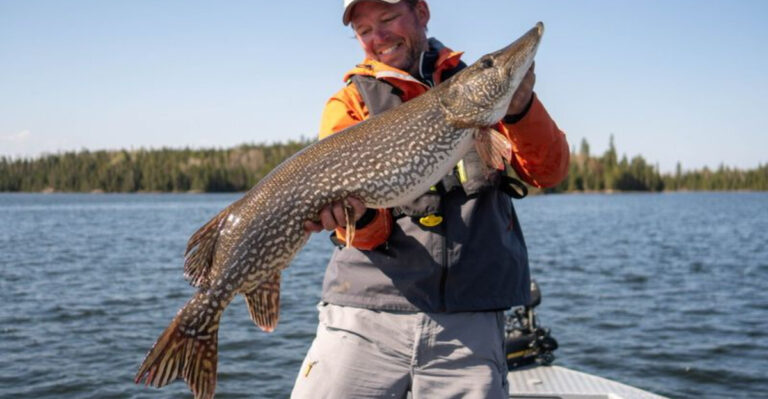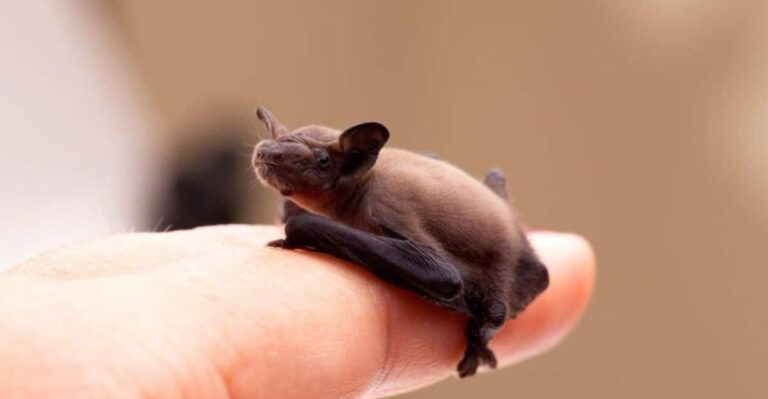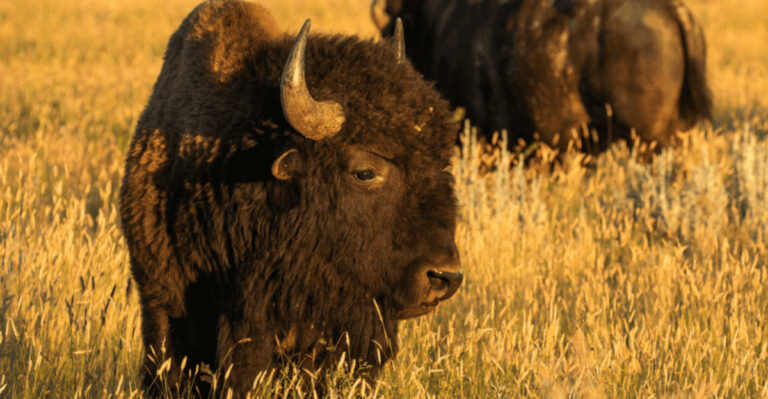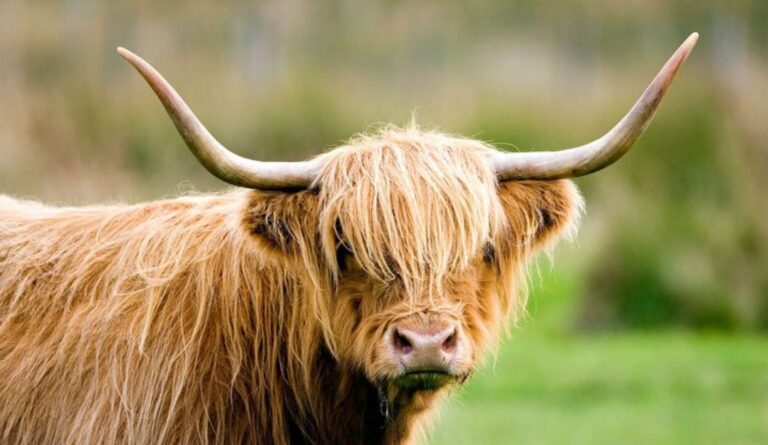The World’s 14 Most Beautiful Yet Endangered Birds
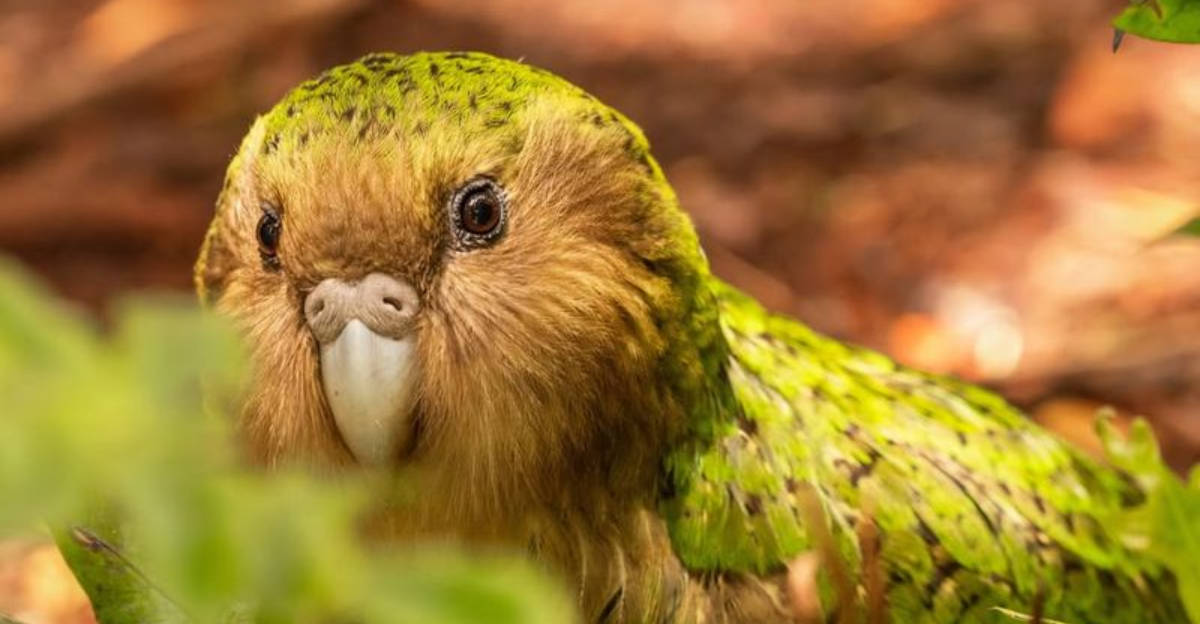
In the tapestry of nature, birds often add vibrant strokes of color and melody.
Yet, many of these winged wonders face the daunting threat of extinction. Here’s a closer look at of the world’s most stunning yet endangered birds, each unique in their beauty and vulnerability.
1. Green Macaw
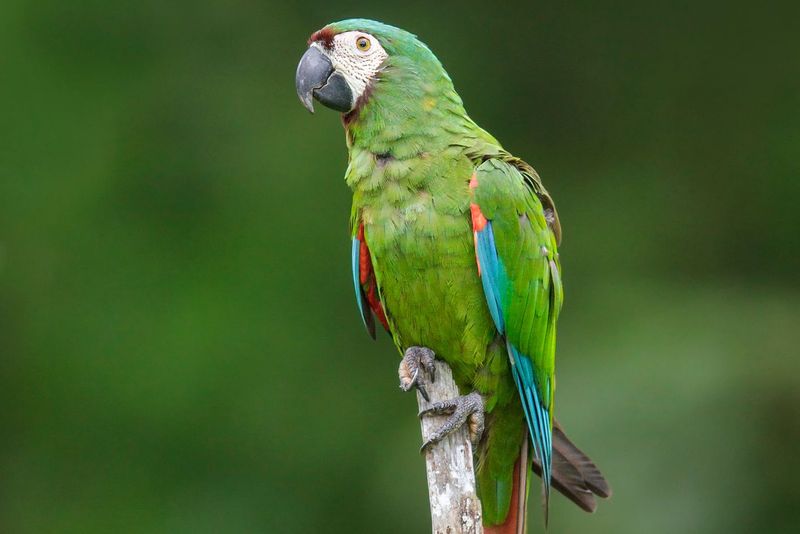
With its brilliant hues of red and green, the Green Macaw is more than just a visual delight. This striking bird is critically endangered, primarily due to habitat destruction and illegal trapping.
It is heartbreaking to note that there are fewer than 200 individuals left in the wild. Conservation efforts are underway, but they require global support to ensure the survival of this magnificent species.
2. Scarlet Ibis
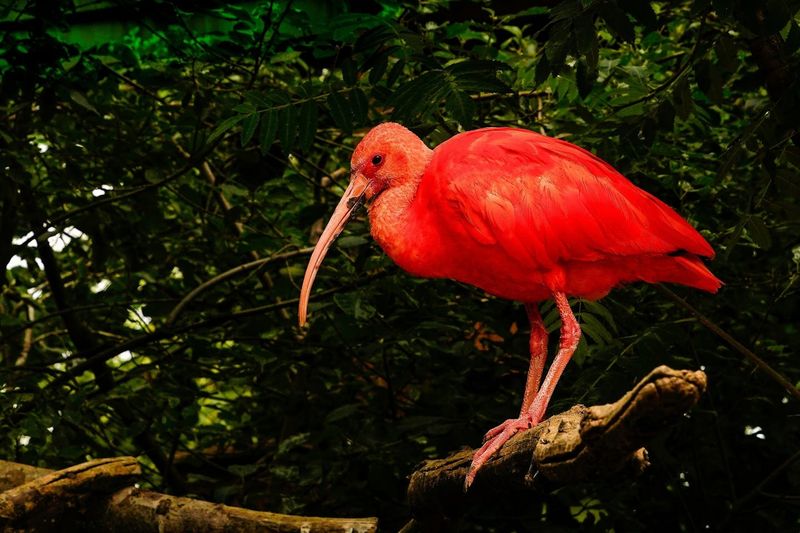
The Scarlet Ibis stands out with its radiant red plumage, a true spectacle in the wetlands of South America. However, the species faces significant threats from habitat destruction and illegal hunting.
Conservationists are working tirelessly to protect its natural habitats, but the challenges are immense.
The survival of the Scarlet Ibis depends heavily on these ongoing conservation efforts and awareness within local communities.
3. Forest Owlet
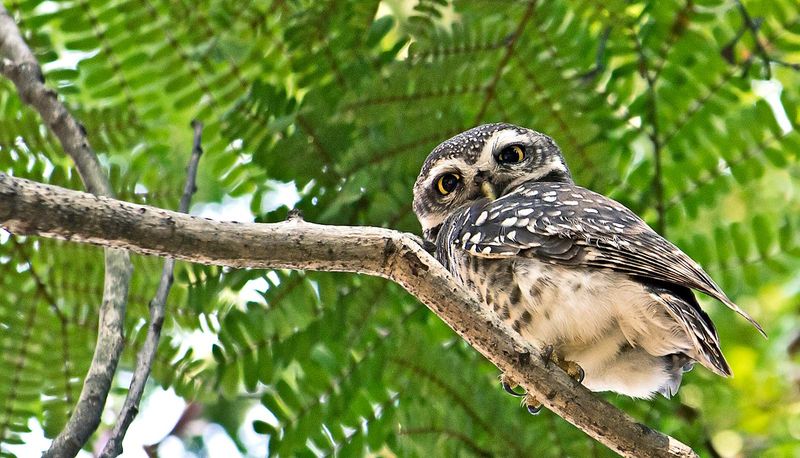
Hidden within the lush Western Ghats of India is the elusive Forest Owlet. Its existence is threatened by the deforestation that continues to ravage its home.
This rare owl is seldom seen, adding to its mysterious allure. Efforts to save this species are crucial, focusing on habitat preservation and raising awareness among local populations.
The Forest Owlet’s future hangs in the balance, relying on sustained conservation actions.
4. Spix’s Macaw
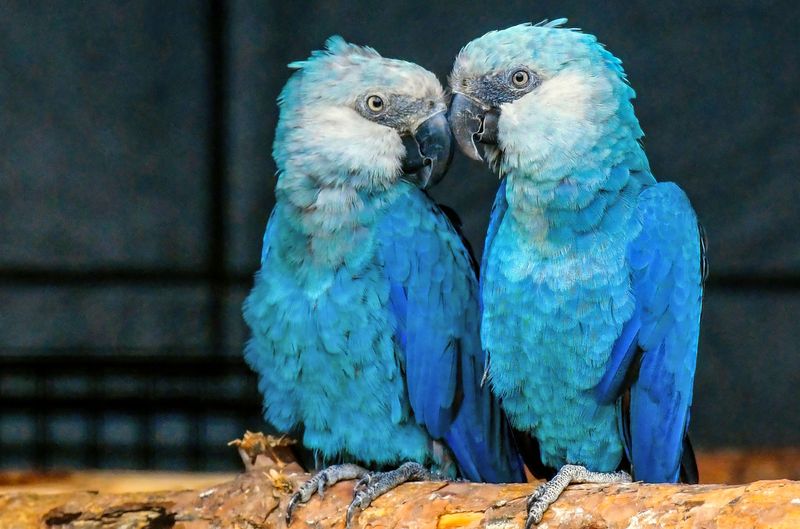
Once presumed extinct in the wild, Spix’s Macaw captures the imagination with its vibrant blue feathers. Conservation efforts have led to its reintroduction in Brazil, providing a glimmer of hope.
The journey to recovery is long, as the species still faces threats from illegal trade and habitat loss.
Continued dedication from conservationists and the support of local communities are vital for its survival and flourishing.
5. Regent Honeyeater
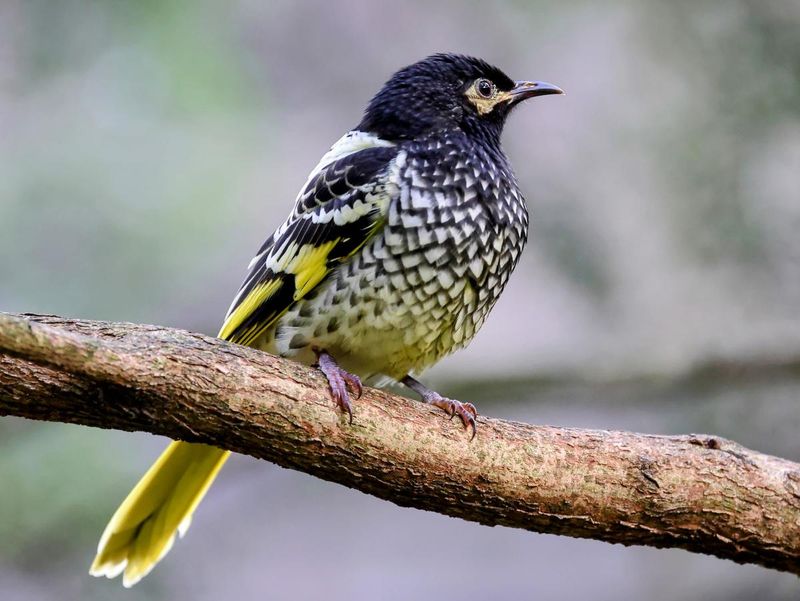
The Regent Honeyeater, native to Australia, boasts a striking appearance with its yellow and black feathers. Sadly, it is critically endangered due to widespread habitat loss.
Conservationists are actively working to restore its natural habitat and boost population numbers.
The survival of the Regent Honeyeater is a race against time, demanding immediate action and global awareness to prevent its extinction.
6. Kakī (Black Stilt)
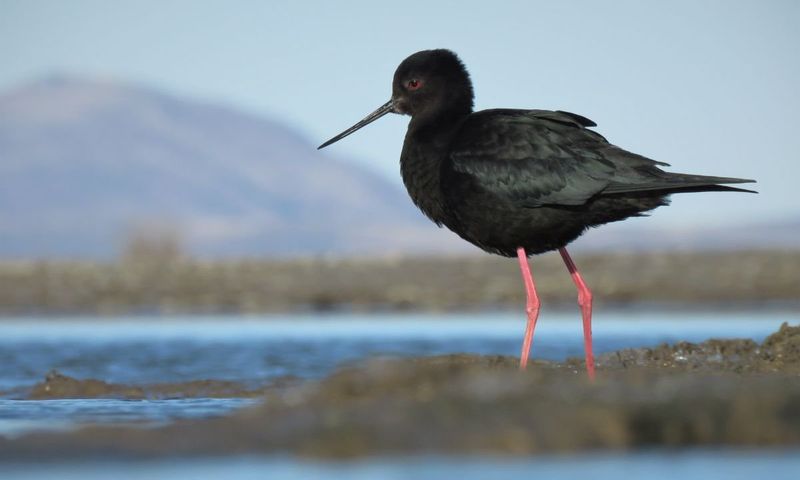
The Kakī, or Black Stilt, is a rare gem found only in New Zealand. With fewer than 100 individuals left, it is one of the rarest wading birds on the planet.
This striking bird faces threats from introduced predators and habitat destruction.
Intensive conservation efforts focus on predator control and habitat restoration, striving to ensure that the Kakī continues to grace New Zealand’s waterways.
7. Madagascar Fish Eagle
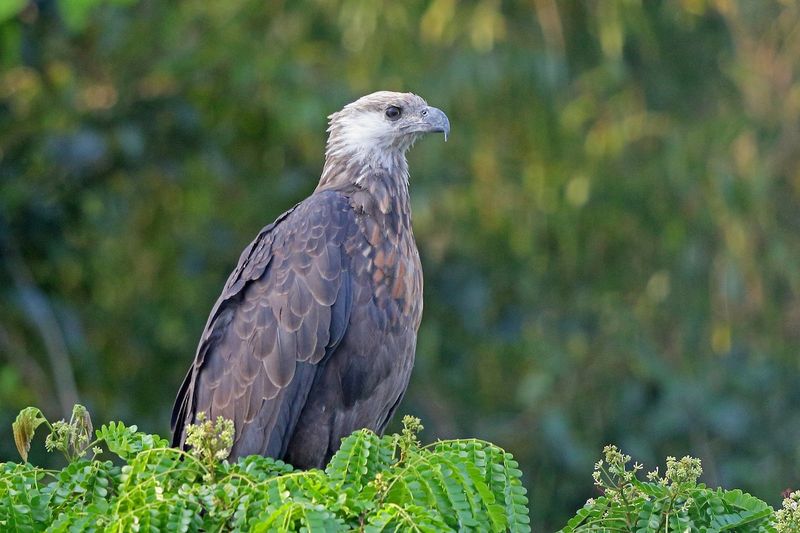
Endemic to Madagascar, the Madagascar Fish Eagle is critically endangered, with fewer than 100 individuals remaining. Habitat destruction and human interference pose significant threats to its survival.
Conservationists are focusing on safeguarding its natural habitats and promoting awareness among local communities.
The future of this majestic bird depends on these efforts to maintain its habitats and protect it from ongoing threats.
8. Kakapo
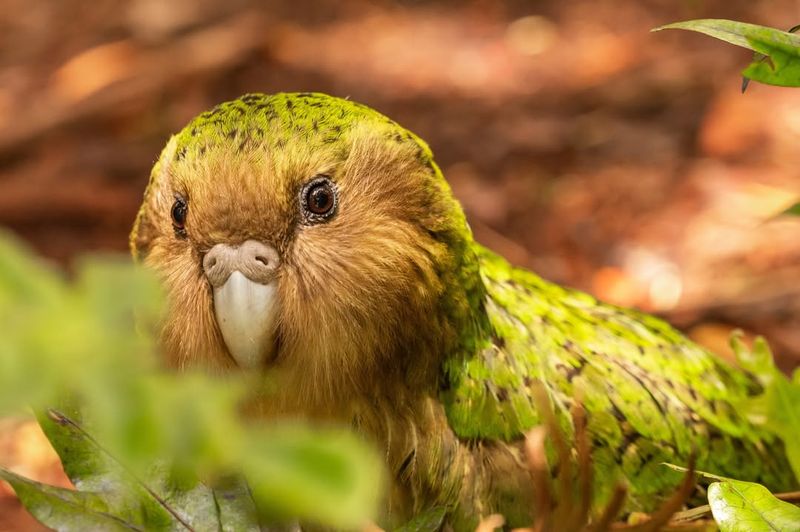
The Kakapo, a flightless parrot, is a unique inhabitant of New Zealand’s forests. Critically endangered, with around 250 individuals left, it faces challenges from predators and limited genetic diversity.
Conservationists have undertaken breeding programs and habitat protection to aid its survival. The Kakapo’s story is one of resilience, where continuous human intervention is essential for its continued existence.
9. Whooping Crane
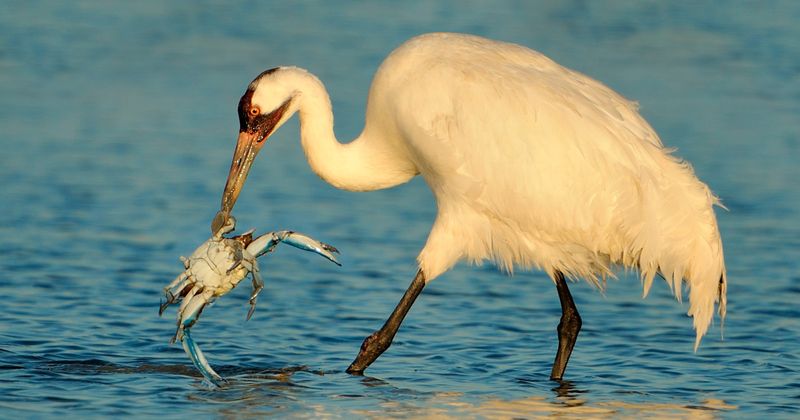
The Whooping Crane symbolizes a conservation success story, having risen from near extinction. With a population increase from 15 individuals in the 1940s, it remains vulnerable but offers hope.
Ongoing conservation efforts focus on habitat protection and monitoring to ensure its continued recovery. This elegant bird’s survival hinges on sustained conservation commitments and public support.
10. Bornean Peacock Pheasant
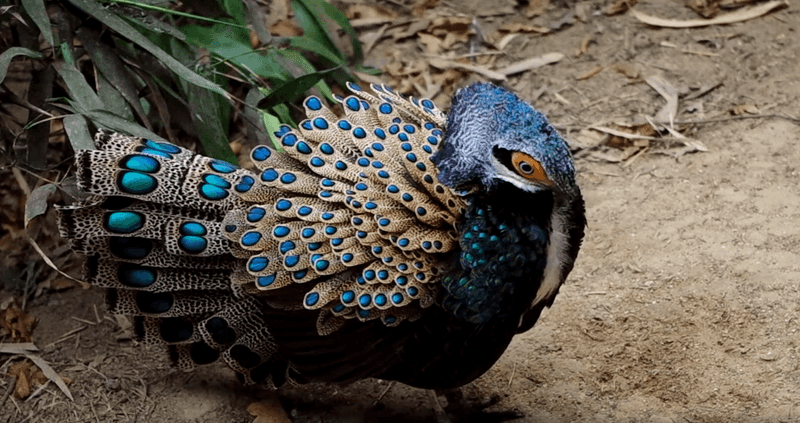
Hailing from the lush rainforests of Borneo, the Bornean Peacock Pheasant dazzles with its iridescent plumage. This beautiful bird is endangered due to habitat loss and hunting.
Conservation efforts are aimed at protecting its natural environment and educating local communities about its importance.
The survival of the Bornean Peacock Pheasant is closely tied to the preservation of its habitat and continued conservation initiatives.
11. California Condor
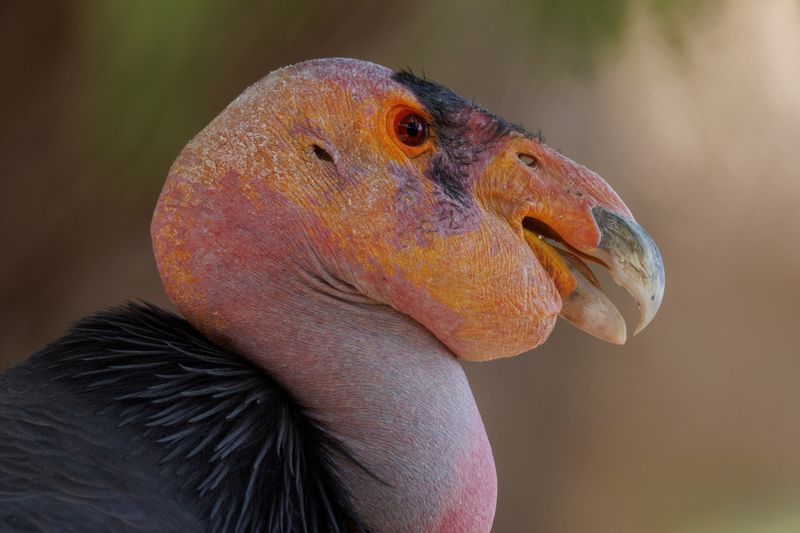
With its impressive wingspan, the California Condor once faced the brink of extinction.
Now, with fewer than 500 individuals, it is slowly recovering. Conservation efforts focus on captive breeding and habitat protection.
The journey to recovery is ongoing, requiring continued support and awareness. The California Condor’s story is a testament to the power of dedicated conservation work and the resilience of nature.
12. Ivory-Billed Woodpecker
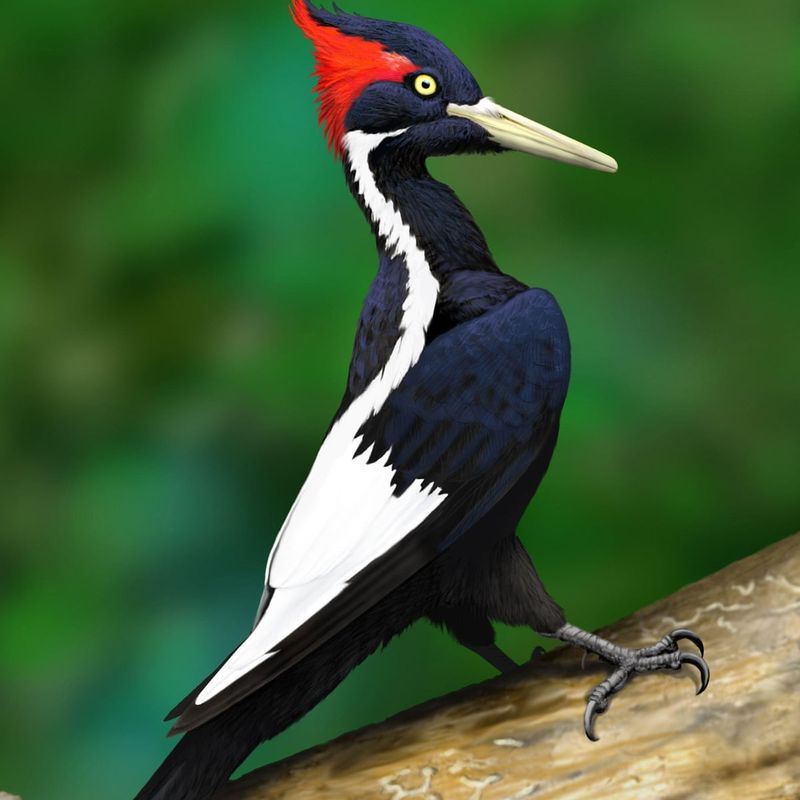
The Ivory-Billed Woodpecker, once thought extinct, remains a symbol of hope and mystery. Despite no confirmed sightings since the early 2000s, rumors of its survival persist.
Conservation efforts continue to protect its potential habitats while searching for evidence of its existence.
The fate of the Ivory-Billed Woodpecker is uncertain, but the quest to find it inspires both conservationists and bird enthusiasts alike.
13. Philippine Eagle
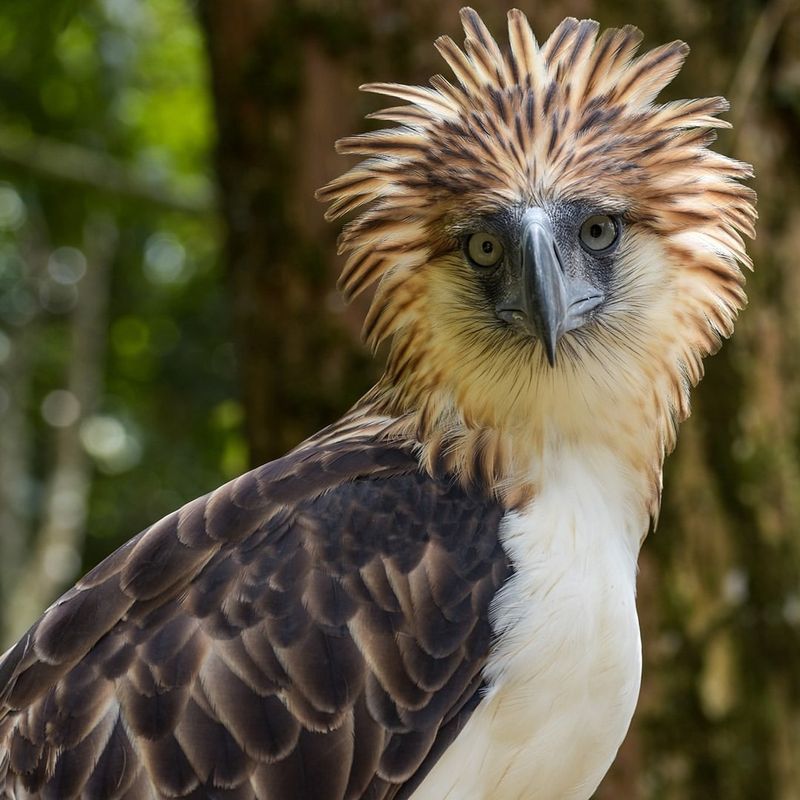
The Philippine Eagle stands as a majestic symbol of power and grace, yet it is critically endangered with fewer than 400 individuals left. Deforestation and hunting are significant threats to its survival.
Conservationists are implementing breeding programs and habitat restoration to protect this iconic species.
The Philippine Eagle’s future depends on these sustained efforts and the commitment of the global community to its preservation.
14. Black-Footed Albatross
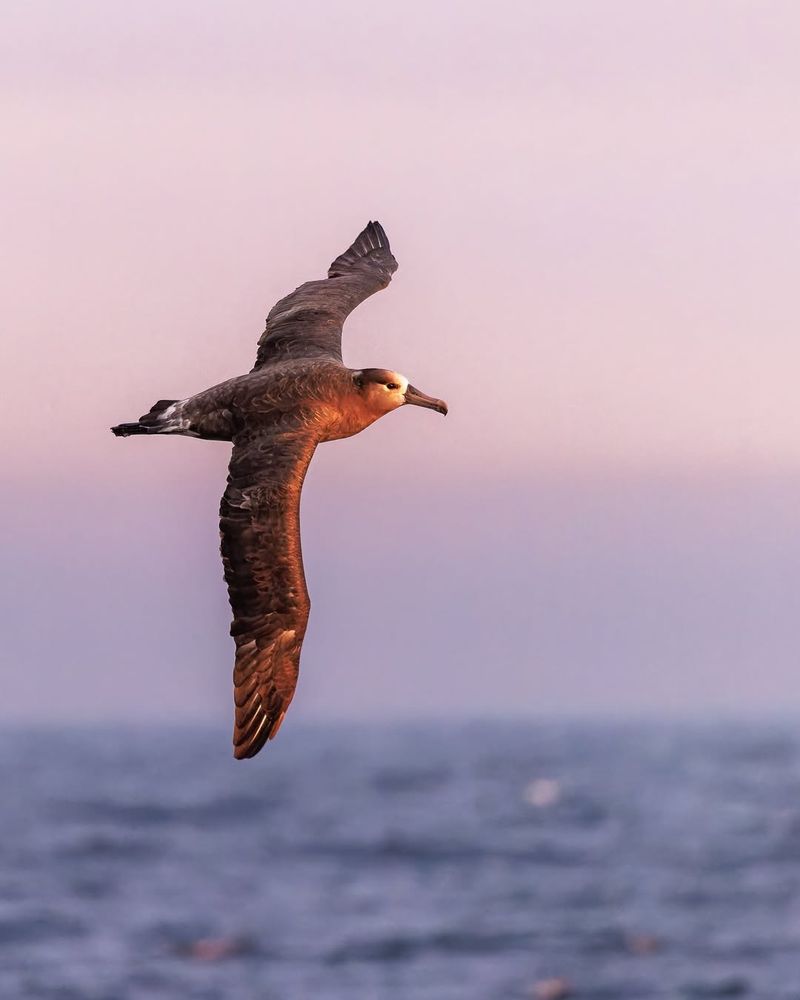
Native to the North Pacific, the Black-Footed Albatross is an endangered seabird facing threats from habitat destruction and pollution.
Conservation efforts aim to protect nesting sites and reduce bycatch in fishing. Awareness and global cooperation are essential to ensure its survival.
The Black-Footed Albatross’s future lies in the balance, dependent on both conservation actions and changes in human behavior.



